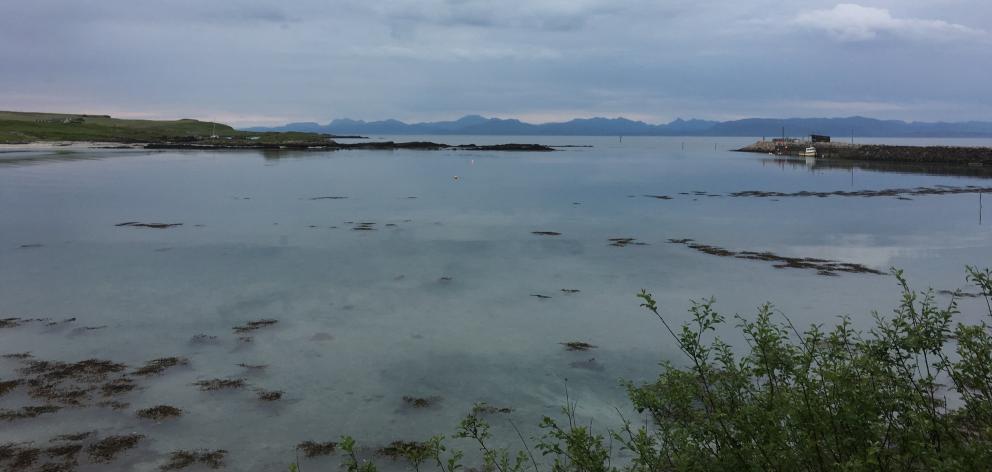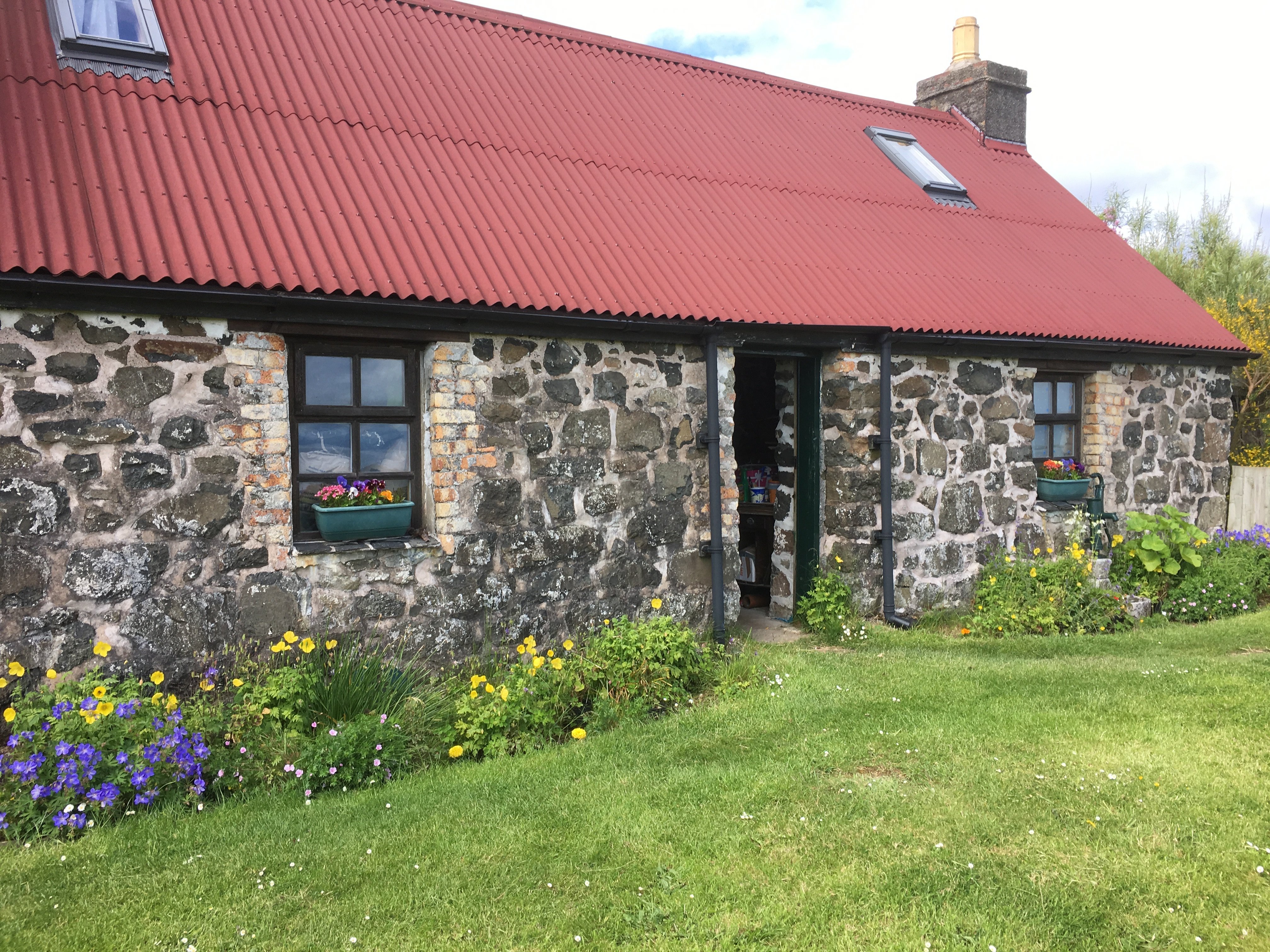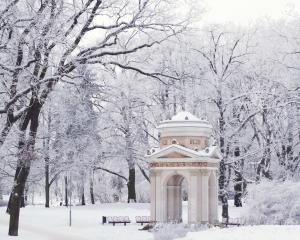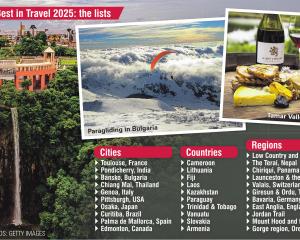
Vita Sackville-West’s 1926 travelogue Passenger to Teheran opens with the statement, "Travel is the most private of pleasures. There is no greater bore than the travel bore ... And the wish to communicate our experience is one of the most natural, though not one of the most estimable, of human weaknesses."
I’m glad my new-found neighbour in 1982 had not read Vita, nor shared her thoughts that "a pleasure shared is a pleasure halved". My friend’s travel stories of time spent in Scotland’s Inner Hebrides captured my imagination and, held for more than 30 years, finally spurred me on.
It feels like culture shock, after the quiet of islands, to arrive in bustling ferry-based Malliag for our passage to Eigg. As we queue with an English group, it transpires one of the party’s daughters is married to the Laird of Muck. They’re off for the christening of Laird MacEwen’s fourth child. Sadly, the ferry timetable does not allow us to take up their kind offer to join in. It’s hard to resist a cultural experience like this.

The hut is a classic, simple affair. Its provenance — Lizzie’s son, who is TV presenter George Clarke’s master-builder, has constructed it as his retreat. Lizzie gives us a demo of how to put up the table and deal with the chemical loo. We will bike a few kilometres to use the community shower. Settling in with the kettle singing and a box of Mull, rustic shortbread, we delve into the small selection of books. How to Measure a Cow? The Shepherd’s Life. The Secret Life of Cows. A S...e History of Everything.

No need to cook. There’s a cafe serving mussels in white wine and the "Best Ever" fish and chips with fresh haddock caught out in the bay. Noisy locals make up the crowd and in our chat we discover someone who remembers my friend driving her boss Suki’s Volkswagen around, all those years ago.

A power outage from Eigg’s unique electricity system, powered by wind, water and sun, means no morning cafe date — instead a row out to the yacht for coffee and cake on board. A Zodiac taxi ride, offered by a young American family on their two-year world sea adventure, returns us to shore.


I’m keen to explore Eigg’s only stately home, known as "The Lodge". This white, 12-bedroom Italian-style residence was built by shipowner Lord Runciman in 1927.
Sadly, it’s run-down, and the former semi-tropical garden neglected. But the Chilean flame tree is in bloom and sprawling rhododendrons in bud. It’s nice to find our New Zealand daisy (Pachystegia insignis) flowering among the weeds.

Following the solitary road, we stop at Kildonnan, where an ancient Celtic stone cross marks the ruins of the 7th-century St Donan monastery. In 617 another massacre took place here.
We make the hamlet of Cleadale, tucked below the verdant sweep of the Beinn Bhuidhe range, where most of the locals live. There’s a funny little home cafe and crofting museum.
Beyond is a strand of white quartz beach, known as the Singing Sands. From here we can view our next destination, Rum, and I’m thinking of the famous poem, Road to the Isles, written by Kenneth Macleod, born on Eigg in 1872:
The blue islands are pullin' me away
Their laughter puts the leap upon the lame
The blue islands from the Skerries to the Lews
Wi' heather honey taste upon each name.
— To Barbara W, my inspiration for Eigg, and many other joyful encounters.
Eigg
— One of four small isles
— 8km long by 4.8km miles wide
— Lies off Scotland’s West Coast
— Is owned by the Isle of Eigg Heritage Trust
— Was bought out by the community in 1997
— 95% of its power generated renewably












